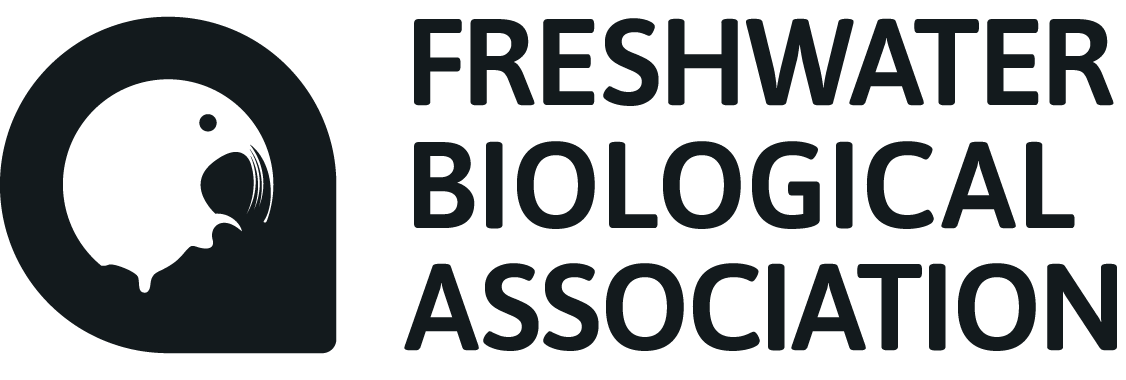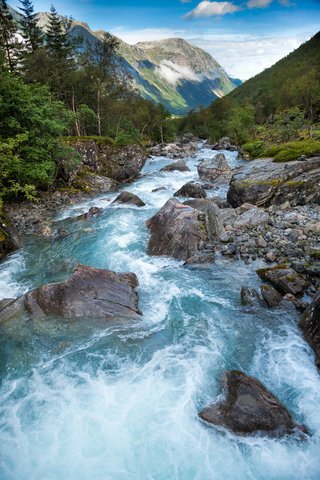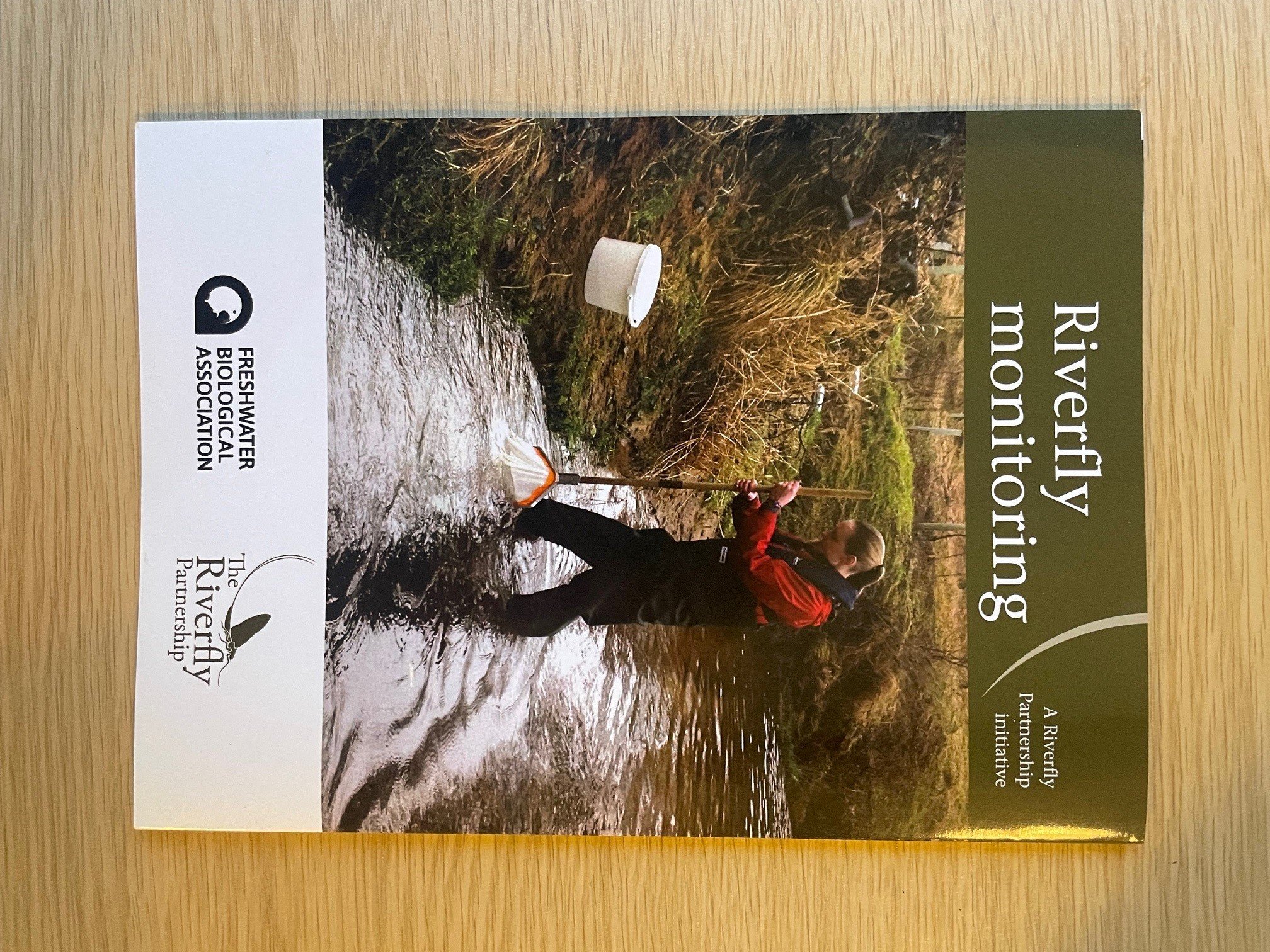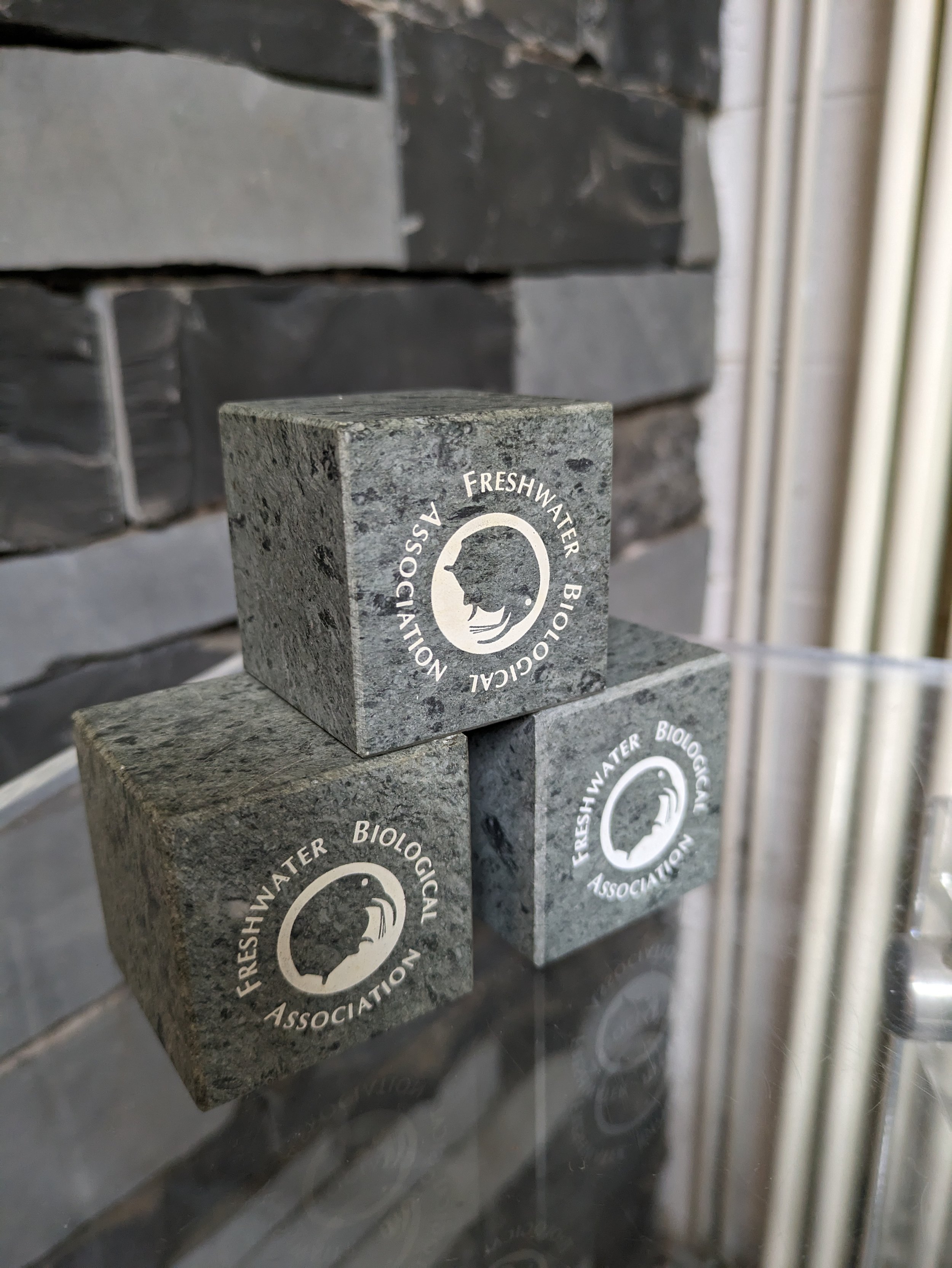Lough Derg: A pioneering limnological laboratory
20 February, 2025
By D.G. George, dgg.abercuch@gmail.com
Glen George is an Honorary Research Fellow with the FBA and holds Visiting Professorships at Aberystwyth University and University College London. In this, the second of two historical articles, he describes the pioneering work carried out by scientists based at Ireland’s Lough Derg laboratory between 1921 and 1923.
Edited by Rachel Stubbington, Nottingham Trent University
Rachel is both a Fellow of the Freshwater Biological Association and long-standing Editor of FBA articles. If you would like to submit an article for consideration for publication, please contact Rachel at: rachel.stubbington@ntu.ac.uk
Introduction
Limnology, the science of lakes, had a slow start in Britain. The first limnological laboratory in Europe was established on the Großer Plöner See in Germany in 1892 and was followed by similar ventures in Denmark and Austria. Today, not many people know that the first limnological laboratory in Britain and Ireland was established on Lough Derg on the River Shannon in Ireland in 1921. The reason for this oversight is largely political, since Ireland was then a country in a state of conflict. When the International Society of Limnology (SIL) met in Dublin in 1998, little attention was paid to the work done at Lough Derg. Two papers on the history of the laboratory have now been published (McDermott, 2019, 2022) and provide a fuller account than the one given here.
Why the laboratory was established
Plans for the laboratory were drawn up during World War I, when ships transporting food to Britain were being sunk by German U-boats. More effort was then devoted to domestic food production and the harvesting of fish from inland waters. Administrative delays meant that the work to establish the Lough Derg laboratory did not start until 1921 and, by then, the relationship between Britain and Ireland had deteriorated. When Sinn Féin won the Irish general election in 1918, many assumed that the country would soon gain full independence. The result was three years of armed struggle until a ‘Free State’ was established in December 1922. Since this did not include six counties in the north and Ireland was still part of the British Empire, public opinion was divided. After another year of bitter conflict peace was restored but, by then, the laboratory on Lough Derg had closed.
The facilities provided
The laboratory was located on an island in the River Shannon, on a section known as the Hayes Channel (Fig. 1). This was used to hold boats moving upstream and is just south of the Portumna Swing Bridge (Fig. 2). The shore facility was a 6-m square shed fitted with benching to support microscopes, chemical balances and analytical instruments. Senior staff lived on a houseboat called the ‘Changsha’ and their assistants on a steam barge that included a small laboratory. Two motorboats were used for work on the lough (Fig. 3) and the team also had a heavy fishing boat for hauling nets.
Figure 1. The location of the Lough Derg laboratory. Map data ©2025 Google.
Figure 2. The island in the Hayes Channel as it is today. Photo credit Catherine Duigan.
Figure 3. The houseboat ‘Changsha’ with the motorboats moored alongside.
The laboratory’s director was Rowland Southern (Fig. 4), a Lancastrian who had worked at the Irish National Museum since 1906. His first role was to survey Ireland’s coastal waters before turning to the management of its freshwater fisheries. An early co-worker was Winifred E. Frost, a fish ecologist who was later employed by the FBA. Rumour has it that Winifred and Rowland were particularly good friends and that questions were asked about having men and women working together on ships! Rowland’s assistant was Alan Gardiner, a Cambridge graduate who had developed a strong interest in plankton ecology. The sampling methods devised for Lough Derg were tested intensively and were very similar to those then used at sea.
Figure 4. Rowland Southern sampling on the River Liffey. Photo credit W.E. Frost.
The work of the laboratory
In 1921, the chlorophyll method for measuring phytoplankton biomass had not been invented, so the team used counts to describe the seasonal development of this community. These counts were infrequent, but their regular Secchi disk measurements could be used to provide a more detailed record of change. In lakes in which the attenuation of light is primarily controlled by phytoplankton concentrations, the reciprocal of these measurements can be used to quantify abundance. The results for 1922 capture the decline of a spring bloom and a peak that appeared in early autumn (Fig. 5). Their counts showed that the spring maximum was dominated by the diatoms Melosira and Synedra and the autumn peak by large flagellates and the filamentous cyanobacterium Oscillatoria.
Figure 5. The reciprocal of the Secchi disk measurements used to characterise variation in phytoplankton biomass.
The main topic the first Lough Derg report (Southern and Gardiner 1926) was the factors influencing the spatial distribution of zooplankton. At the time, it was assumed that these animals were relatively uniformly distributed in lakes, but the work at Lough Derg proved otherwise. An experiment conducted on February 3, 1921, in which a net was used to sample the same area of water at regular intervals, showed that the water flea genera Daphnia and Bosmina were both patchily distributed (Fig. 6). Later studies showed that the structure of these patches was strongly influenced by the wind direction and by the vertical distribution of the animals. Samples collected along the long axis of Lough Derg on June 28, 1921, then revealed that the genera Daphnia and Diaptomus were concentrated at different ends of the lake. The pattern suggests that the Daphnia were being carried north by the wind whilst the Diaptomus had been entrained in the deep return current.
Figure 6. (a) The patchy distribution of Daphnia and Bosmina in February 1921. (b) The effect of wind on the horizontal distribution of Daphnia and Eudiaptomus in June 1921.
The main topic addressed in Southern and Gardiner’s (1936) second report was the factors influencing the vertical distribution of the zooplankton. Observations in other lakes had shown that these animals often swam towards the surface at night, but the factors regulating these migrations were poorly understood. To address this knowledge gap, the team used closing nets to collect samples from different depths, with the resultant dataset demonstrating that different species did not behave in the same way. Results were presented for the microcrustacea Daphnia longispina, Leptodora kindtii, Diaptomus gracilis, Eurytomera velox and Cyclops strenuus, and the shrimp Mysis relicta. One researcher who had been impressed with these findings was Frederick S. Russell, a planktologist on the staff of the Marine Biological Association based in Plymouth. In 1933, he had published a review of their work in an ICES journal, in which he noted:
“The amount of data they amassed, biological, physical and chemical was enormous; in studying the diurnal migration of the animals they at times kept their sampling and recording going at intervals through day and night for a week or more on end.”
Another researcher with an interest in these studies was E. B. Worthington, a Cambridge graduate who later became the first director of the FBA. In 1931, he had published a paper on the vertical migration of zooplankton in Lake Lucerne in Switzerland, a deep lake with much clearer water (Worthington 1931).
Work at the laboratory comes to an end
Given the political turmoil in Ireland, it is no surprise that the work on Lough Derg ended in 1923. The team’s research progress had, however, been appreciated – as Russell (1926) explained in a note published in Nature:
“It is sad to see that, after such a good beginning, the limnological station on the River Shannon is now closed down. It is necessary that such well-planned work should be carried out through the course of many years before the true significance of many of the seasonal changes in the plankton community can be fully understood…”
In the UK, many long-term monitoring programmes have been abandoned and others threatened by serious cuts. As such, Russell’s call for long-term ecological research of this kind has never been more relevant.
Acknowledgements
I thank Catherine Duigan for helpful comments on the manuscript and for alerting me to the Nature article on ‘Irish Limnology’.
References
McDermott, T. 2019. Scientific investigations at the limnological laboratory, Hayes Channel, Portumna (1921–1923). Sliabh Aughty Journal 17: 1–9.
McDermott, T. 2022. Centenary of scientific investigations at the limnological laboratory, Lough Derg, Ireland (1921–1923). Sliabh Aughty Journal 18: 17–24.
Russell, F.S. 1926. Irish Limnology. Nature 118: 391–392. https://www.nature.com/articles/118391b0
Southern, R. & Gardiner, A.C. 1926. Reports from the Limnological Laboratory: I. The seasonal distribution of the Crustacea of the plankton in Lough Derg and the River Shannon. Fisheries, Ireland, Scientific Investigations. Department of Fisheries, Ireland. http://hdl.handle.net/10793/1478
Southern, R. & Gardiner, A.C. 1932. Reports from the Limnological Laboratory: II. The diurnal migrations of the Crustacea of the plankton in Lough Derg. Proceedings of the Royal Irish Academy 40: 121–159. https://www.jstor.org/stable/20490395
Worthington, E.B. 1931. Vertical movements of fresh‐water macroplankton. Internationale Revue der Gesamten Hydrobiologie und Hydrographie 25: 394–436. https://doi.org/10.1002/iroh.19310250510
Further FBA reading
The Freshwater Biological Association publishes a wide range of books and offers a number of courses throughout the year. Check out our shop here.
Get involved
Our scientific research builds a community of action, bringing people and organisations together to deliver the urgent action needed to protect freshwaters. Join us in protecting freshwater environments now and for the future.















